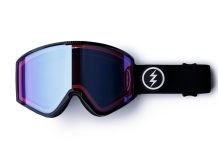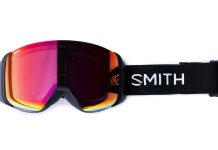It is said that humans rely on vision for 9% of the information they receive from the outside.What does it mean to support "seeing" in action sports that require bold speed and highly responsiveness?50 years since the innovative invention.I would like to find in the goggles the answer that SMITH came up with during the technological reforms over half a century.
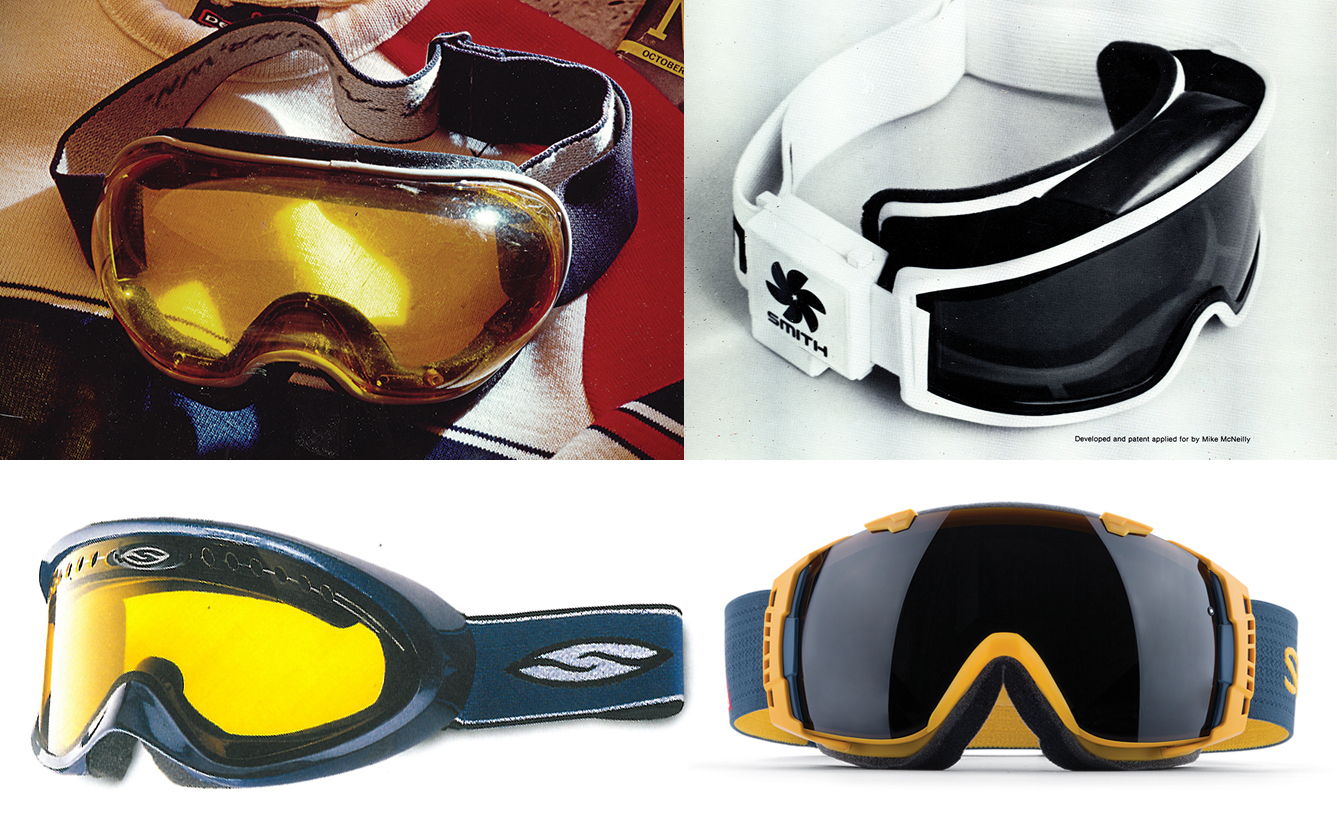
I / O 50 that inherited 7 years of history
In 2015, Smith celebrated its 50th anniversary.Smith's half-century history is the history of technology, spelled out by technological development and innovative products.
Smith is known for snow goggles in Japan, but is widely recognized in the field of action sports in the United States.Not only skiing and snowboarding, but also MTB, fishing and motocross.It has been favored by players of various genres because the product has a definite effect.Therefore, it has been said like this.
"Once you use Smith, you have no other choice."
The snow goggles that appeared in 2007 as a model that fully introduced Smith's high technology are "I / O". I / O is an abbreviation for Interchangeable Optics.As the name suggests, it was the first in the world to make its debut with a simple lens exchange system.
Use lenses that are less likely to fog and are optically precise, depending on the situation. This idea, which has come to fruition through I / O, has evolved further with I / O 7 seven years after its debut.
A new pivot system has been developed for lens replacement.There are various lens exchange mechanisms in the world, but by taking the simplest method among them, we have achieved weight reduction and brought the center of gravity of the goggles closer to the face.In addition, the popular fit has been further refined, and a two-stage rotating shaft has been adopted to connect the outriggers and goggle straps.The fit when wearing a helmet has been greatly improved.
Various technologies found in I / O 7.Each one represents the concept of the Smith brand.In other words, pursue "what you can see."It's an idea that was already embodied when Smith was born.
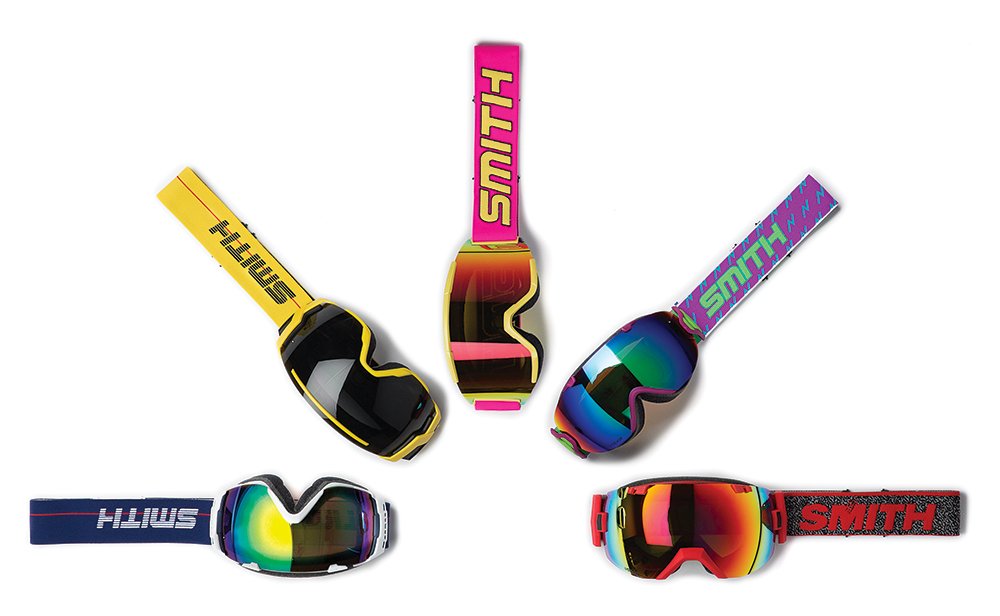
The beginning is a self-made double lens
In 1965, a dentist made his own goggles.It is no exaggeration to say that this is the invention that supports the slipping of all snowboarders today.His name is Bob Smith.Like us, he was a skier obsessed with snow.
Mr Smith, who loved powder, was dissatisfied.The goggles at that time were so cloudy that they couldn't slip when it was snowing.Disgusted by this, Mr. Smith was inspired by the double-glazed windows and made his own goggle lenses with foam material sandwiched between two lenses.The lens did not fog even on snowy days and gave me the luxury of enjoying the fresh snow while others were staying at home.The self-made goggles that became the envy in this way quickly gained a reputation, and people who wanted the same thing came in.Smith thus set up a company to make the world's first double-lens goggles.
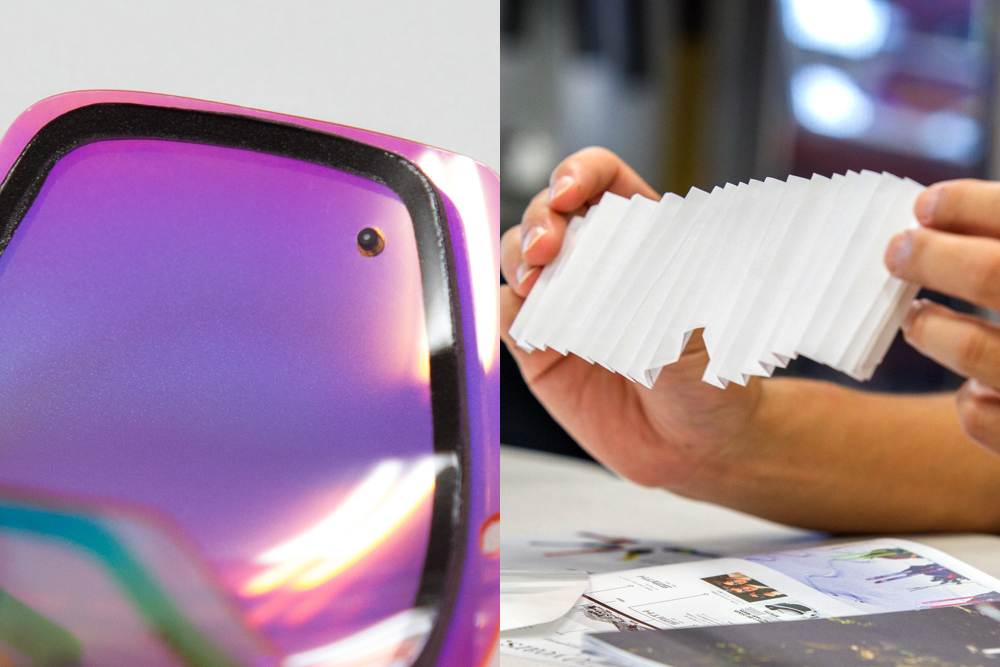
For goggles that are hard to fog
Smith, which started in this way, has been consistently evaluated as "not cloudy" for 50 years since its birth.Of course, this is the result of various technologies being poured into it.
First of all, there is a "Polex filter" that controls the pressure difference inside the double lens.This makes the inside of the double lens completely waterproof and shuts out fogging.Furthermore, the peculiarity of the inner lens can be mentioned.
Usually, coating is common when aiming for anti-fog with an inner lens.However, this coating agent is very weak.Even if the inner lens becomes cloudy, it should not be wiped because the coating agent will come off.In addition, since the coating only makes it difficult for condensation on the lens surface, it may lead to a situation where the entire lens gets wet and the image is distorted.
In the case of Smith, no coating agent is used on the inner lens.The inner lens itself is made of a special resin that absorbs moisture.It's like a tub that can store moisture.As long as there is room in this tub, it absorbs moisture and remains less cloudy.By the way, in the case of a coated lens, the capacity of this tub is zero.
In addition, Smith's inner lens is engraved with tiny wrinkles that are optically negligible. This structure, named "Fog Lens Treatment", leads to an increase in the surface area of the lens, more effectively absorbing moisture and preventing fogging.The "7X Anti-Fog" installed in Smith's lenses, including the latest IO 5, is five times less likely to fog than conventional Smith lenses, and this "Fog Lens Treatment" has greatly contributed to this. It is.By the way, the absorbed moisture is released by drying, and the tub becomes empty again.Another big advantage is that it does not require a coating, so there is no need for nervous handling.
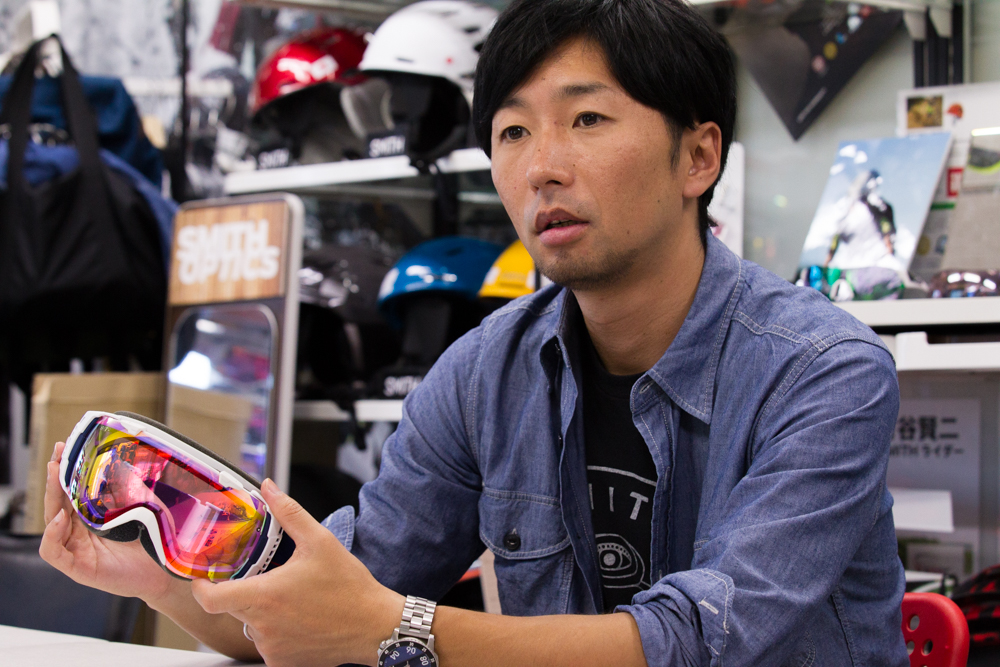
Calmly and sincerely convey the product
That doesn't mean that Smith's goggles are "never cloudy."
If the above-mentioned tub is full, more moisture will become cloudy and will condense on the lens surface.Depending on how you use it, it can easily overflow the tub.In response, Smith commented:
"I can say with confidence that Smith is less likely to fog. However, no matter how much Smith is used with a thick balaclava, it will become cloudy when exhaled breath begins to flow into the goggles. Also, hike up with the goggles on. If you do, it may become cloudy due to an increase in body temperature.
Goggles that don't get cloudy no matter what you do are our ideal product, but unfortunately we haven't succeeded in developing them yet. "
Don't say "It won't cloud! Perfect!" In the dark clouds.We will calmly announce the correct usage as a tool so that you can understand the characteristics of the product.This sincere attitude is none other than the weight of 50 years of earnest efforts in product manufacturing.
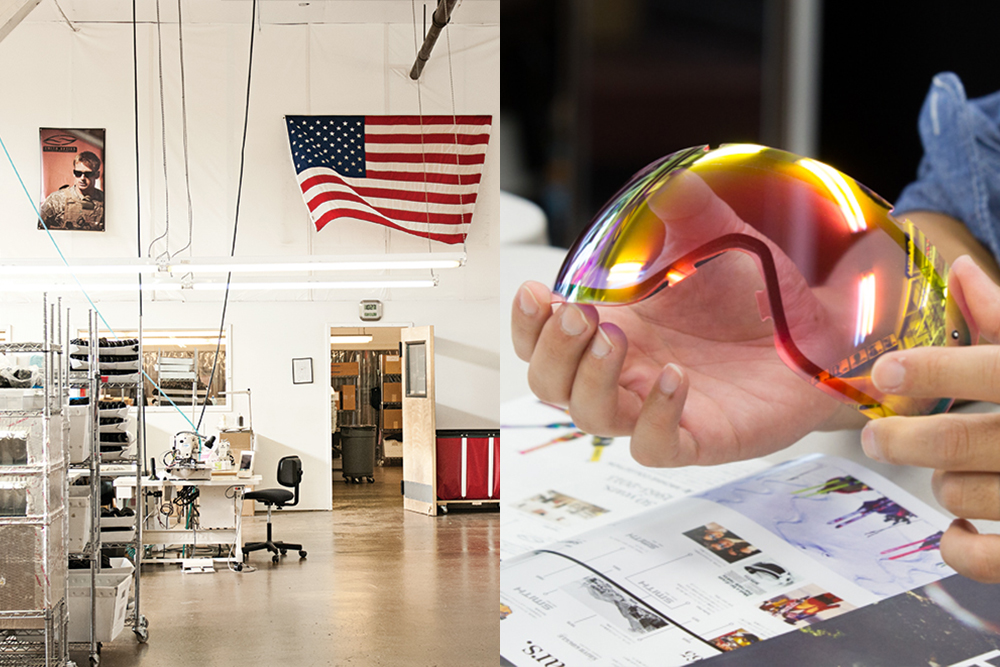
Technology that is directly linked to what you see
"To look good".Smith's concept hasn't changed since the day the brand was launched.All techniques have been reviewed to support optical accuracy, as what is visible is directly linked to the performance of the slipper.Yes, Smith is a functionalist.If it looks and is practical, first select the practicality.In this way, we have pursued characteristics that do not impair the performance of the slipper.
The answer to this is "tapered lens technology" called TLT.In Smith, the thickness of the lens is gradually reduced from the center to the outside so that the object does not look distorted even with a curved lens.This is used not only for spherical lenses but also for flat lenses, and in flat lenses, the lens is curved from the beginning to eliminate optical distortion.
In addition, it is indispensable to secure a clear field of view that the lens is not easily scratched.Smith's outer lens uses CLASS 1 polycarbonate, which is highly transparent and has excellent impact resistance and scratch resistance.It uses a material with high optical accuracy that is used for lenses of sunglasses and eyeglasses.
On the other hand, the inner lens uses a soft special resin, and has the flexibility not to break even if the lens is pressed strongly.
The abundant lens colors that can be used in all situations, such as sunny weather, cloudy weather, and snowfall, are also a big attraction.Among them, the red sensor mirror has gained tremendous support from Smith's contract riders.The pale rose-colored lens covers from cloudy weather to light cloudy weather, and has a reputation for having a wide range of applications when considering the eyes of the Japanese and the climate of Japan.Of course, in fine weather, green SOL-X mirrors and blackouts are also preferred.You can freely choose such abundant lenses and replace them without stress.Smith was the first in the world to adopt a lens exchange system in order to make full use of this lens variation and maximize the performance of the slipper.
TEXT: TAKURO HAYASHI
PHOTO: ALI






